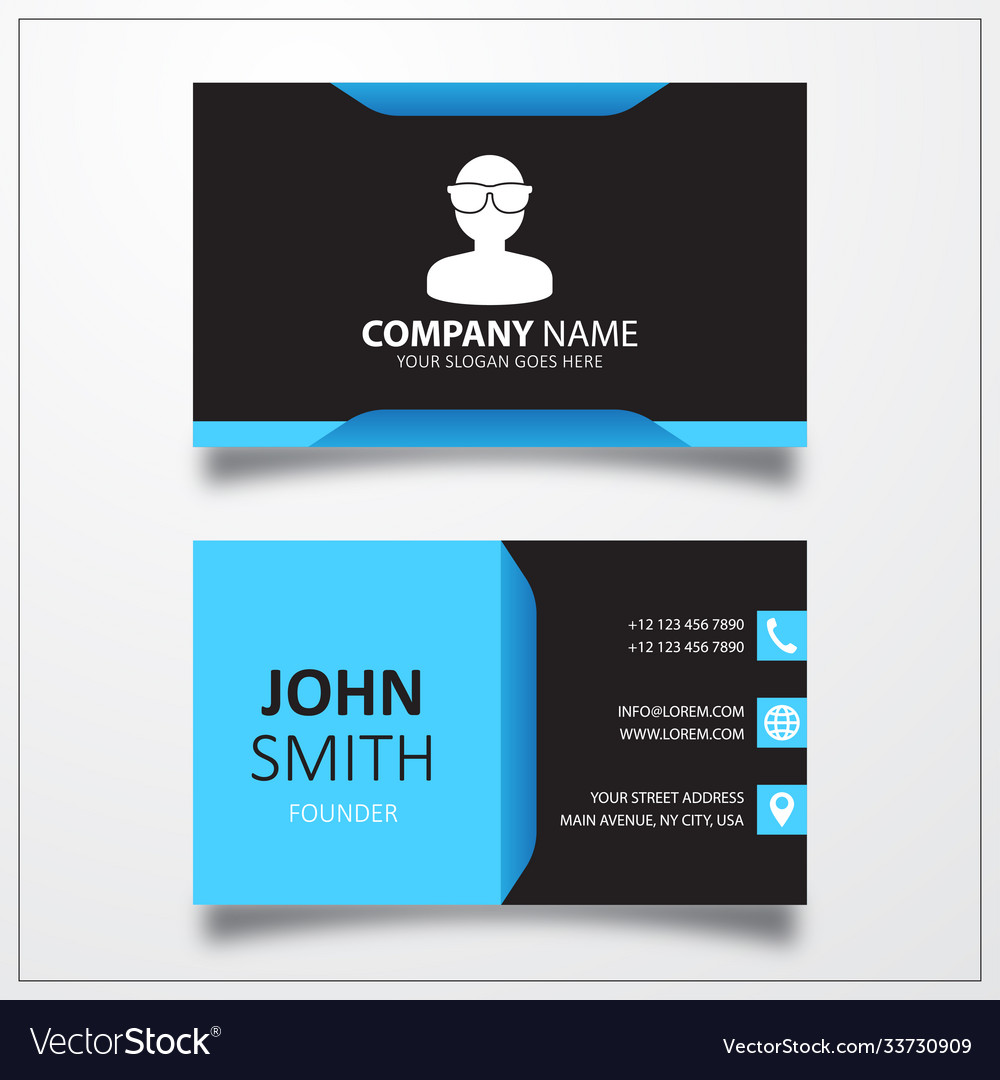
In a world where traditional paper business cards are easily discarded and forgotten, virtual reality business cards have emerged as a unique and captivating way to make lasting connections. The merging of technology and networking has allowed professionals to explore new dimensions in personal branding and communication. With virtual reality (VR) becoming increasingly accessible, business cards are evolving to provide immersive experiences that leave a lasting impression. In this article, we will dive into the world of virtual reality business cards and explore their potential in revolutionizing the way we network and connect.
The Rise of Virtual Reality Business Cards

Over the past decade, virtual reality has made significant strides, transitioning from a niche curiosity to a mainstream technology that is revolutionizing various industries. From entertainment and gaming to healthcare and education, VR has proven its versatility and power. Harnessing this technology for networking purposes has resulted in the creation of virtual reality business cards.
What are Virtual Reality Business Cards?

Virtual reality business cards leverage the immersive capabilities of VR to present information about individuals or companies in a unique and engaging way. Instead of handing out a static piece of paper that might get lost or forgotten, virtual reality business cards offer a dynamic and interactive experience that captures attention and fosters memorable connections.
A typical virtual reality business card includes a digital avatar or a 3D model that represents the individual or company. Users can explore the virtual environment, interact with objects, and access multimedia content, such as videos, websites, and social media profiles. These VR experiences reflect the personality and value proposition of the individual or company, creating a personalized and immersive networking encounter.
Benefits of Virtual Reality Business Cards
1. Memorable and Eye-catching
Virtual reality business cards allow individuals or companies to stand out from the crowd. The interactive nature of VR provides a memorable and captivating experience that has a lasting impact on the receivers. By immersing the recipients in a virtual environment tailored to reflect the brand or individual’s identity, virtual reality business cards create a memorable first impression.
2. Enhanced Branding Opportunities
With virtual reality business cards, branding opportunities are limitless. From the design of the virtual environment to the inclusion of customized multimedia content, individuals and companies have complete control over how they are perceived. This level of customization allows for a stronger alignment between the brand identity and the networking experience, leading to a more coherent and impactful brand message.
3. Accessible Anywhere, Anytime
Unlike physical business cards that are limited to physical encounters, virtual reality business cards can be accessed and shared remotely. Whether it’s through virtual meetings, email attachments, or dedicated VR platforms, individuals and companies can distribute their virtual reality business cards to a wider audience regardless of geographical barriers. This accessibility opens up a world of networking possibilities, enabling connections with professionals from around the globe.
4. Analytics and Insights
Virtual reality business cards come with built-in analytics that allow individuals and companies to track engagement, user behavior, and preferences. By analyzing these metrics, professionals can gain valuable insights into the effectiveness of their networking efforts. This data can inform decisions, improve future interactions, and help refine the networking strategy.
Implementing Virtual Reality Business Cards

The implementation of virtual reality business cards requires a few essential components:
1. VR Headsets and Devices
To experience virtual reality business cards, recipients need access to VR headsets or devices. These can range from high-end headsets like the Oculus Rift or HTC Vive to more affordable options such as the Oculus Quest or Google Cardboard. Ensuring compatibility with a wide range of VR devices allows for broader accessibility and wider adoption of virtual reality business cards.
2. VR Development Tools
Creating virtual reality business cards requires the expertise of VR developers or agencies specializing in VR experiences. These professionals utilize a variety of development tools, such as Unity or Unreal Engine, to design and build immersive virtual environments. The development process involves not only creating 3D models and assets but also programming interactions and integrating multimedia content.
3. Distribution Platforms
Virtual reality business cards need to be hosted on platforms that allow easy distribution and sharing. Dedicated VR platforms like Oculus Store or SteamVR offer a built-in user base, making it easier to reach potential connections. Additionally, integrating virtual reality business cards into existing professional networking platforms, such as LinkedIn, can streamline the networking process and ensure broader visibility.
The Future of Networking

Virtual reality business cards represent a glimpse into the future of networking. As VR technology continues to advance and become more accessible, the potential applications for virtual reality business cards will expand. With the ability to create fully immersive networking experiences, professionals can connect on a deeper level, foster meaningful relationships, and leave a lasting impression.
However, while virtual reality business cards offer exciting opportunities, they are not without challenges. The cost of VR devices, the technical expertise required for development, and the need for widespread adoption all pose potential barriers to widespread adoption. As these challenges are addressed and VR technology becomes more mainstream, virtual reality business cards have the potential to reshape networking as we know it.
In conclusion, virtual reality business cards offer a fresh and innovative approach to networking. By leveraging the power of immersive VR experiences, individuals and companies can create memorable connections and enhance their brand image. As technology continues to advance, virtual reality business cards will play an increasingly significant role in networking, revolutionizing the way we connect, network and build professional relationships.
Isabella, a branding guru, merges her love for storytelling with her marketing expertise. Her fascination with cultural diversity and travel lends a global perspective to her writing about business cards and graphic design. In her free time, she explores new cuisines and documents her culinary adventures.